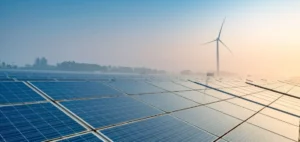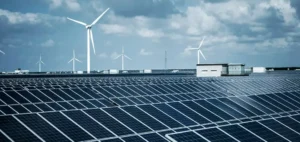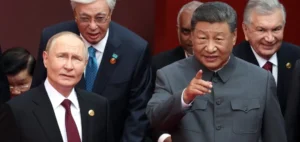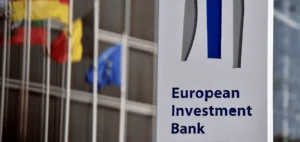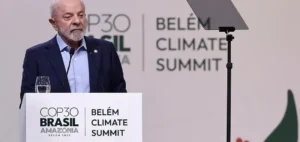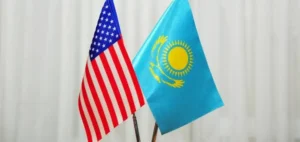Since March 4, 2022, the date of the Russian invasion of Ukraine, the nuclear power plant of Zaporijjia is occupied by the Russian army and no longer produces electricity. According to the exiled mayor of Energodar, the town where the plant is located, the plant is used as a military base to place equipment, ammunition and personnel. Russian troops are said to be present there in large numbers, while the population of Energodar has decreased considerably.
A nuclear power plant transformed into a military base
According to the exiled mayor of Energodar, the Zaporizhia nuclear power plant, which used to produce 20% of Ukraine’s electricity, is now used as a military base by Russian troops. This occupation would have resulted in a drop in the number of employees at the plant from 11,000 to the current 6,500. Some have even agreed to “collaborate with the Russian aggressor”, according to the Ukrainian nuclear operator, Energoatom. The mayor of Energodar says that the employees of the plant are under pressure from the Russians and are forced to work in small numbers and without vacations. This situation would have an impact on the safety of the plant.
A nuclear power plant shut down
Since its occupation by the Russian army, the nuclear power plant of Zaporizhia does not produce electricity. Previously, its six VVER-1000 reactors operated despite periods of bombing, but they were shut down in September 2022. However, the facility remains connected to the Ukrainian energy system and consumes electricity generated by it for its own needs. According to the mayor of Energodar, the Russian occupants tried to connect the plant to the Russian electrical system without success. The Ukrainian nuclear operator is also concerned about a “risk of nuclear incident” in case of a break in the last power line connecting the plant to the Ukrainian energy system.
Ongoing negotiations
The International Atomic Energy Agency (IAEA) has deployed observers to the Zaporijjia plant in September 2022 and is attempting to negotiate its demilitarization. However, the process does not seem to be moving forward. IAEA Director Rafael Grossi announced on Twitter that a new rotation of experts had been completed, accompanying his message with a video showing observers wearing helmets and bulletproof vests, walking around a destroyed bridge to reach the plant.
The situation raises concerns about a possible nuclear incident, especially if the last power line connecting the plant to the grid is cut. While the Russians claim to have sent nuclear specialists to the plant, Energoatom says that their skills are insufficient to organize real work, and that the plant’s equipment is gradually deteriorating.
In conclusion, the occupation of the Zaporizhia nuclear power plant by Russian troops raises serious security concerns. The situation also highlights the human cost of the conflict, with thousands of professionals losing their jobs.



